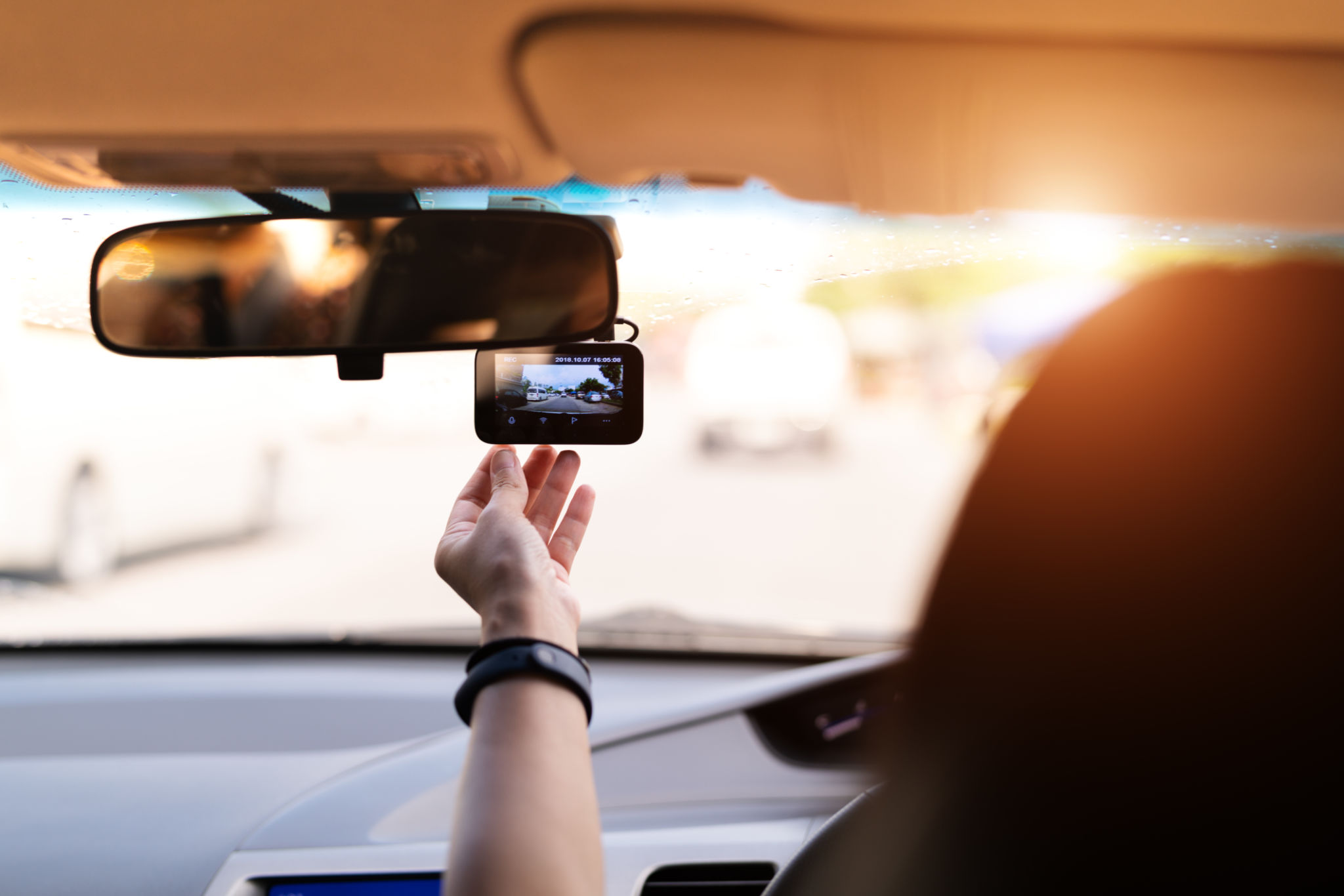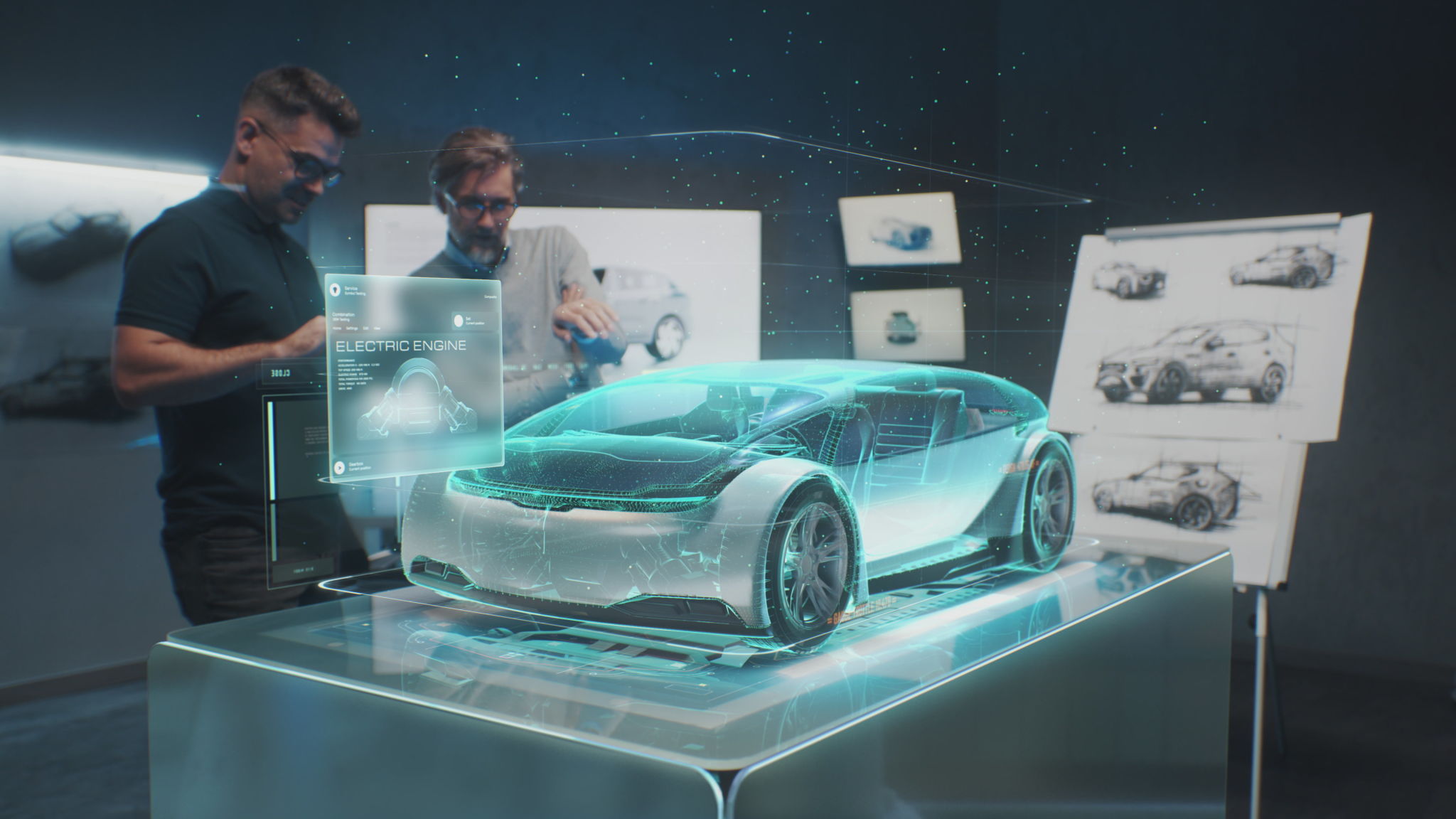Revving Up Your Portfolio: The Art of Automotive Photography
Understanding the Basics of Automotive Photography
Automotive photography is a unique blend of art and technical skill. At its core, it involves capturing the essence of a vehicle through the lens, showcasing its design, power, and elegance. Whether you are photographing a vintage classic or a modern supercar, understanding the basics is crucial to producing stunning images.
Lighting plays a pivotal role in automotive photography. Natural light can create dynamic shadows and highlights that accentuate the car's features. However, shooting during the golden hour—just after sunrise or before sunset—can yield particularly breathtaking results. The soft, warm light during these times enhances the vehicle's curves and details.

The Importance of Location
Choosing the right location is just as important as selecting the right camera settings. The backdrop should complement the car, not detract from it. A sleek sports car might look best against an urban skyline, while a rugged SUV could be more appropriately set in a natural, off-road environment.
When scouting locations, keep an eye out for interesting architectural elements or scenic landscapes that can add depth to your photos. Remember that a clean, uncluttered background will help keep the focus on the vehicle itself. Experiment with different angles to find the best composition that highlights your subject.
Mastering Camera Settings for Automotive Shoots
Once you have the basics down, it’s time to delve into camera settings. A high shutter speed is essential for capturing fast-moving cars without blur. Meanwhile, a lower aperture will help in achieving a shallow depth of field, making your vehicle stand out against a blurred background.

If you're shooting in challenging lighting conditions, adjusting the ISO can help you maintain image quality without introducing noise. Most importantly, shoot in RAW format to give yourself more flexibility in post-processing.
Telling a Story Through Your Photos
A great automotive photo does more than just document a vehicle; it tells a story. Consider what story you want to convey through your images. Is it about speed and adrenaline? Or perhaps luxury and elegance? The story you choose will guide your decisions regarding lighting, composition, and even post-processing techniques.
Incorporating elements such as motion blur or reflections can add a dynamic aspect to your shots. Experiment with different techniques to see how they can enhance the narrative you are trying to create.
Enhancing Your Images with Post-Processing
Post-processing is an integral part of automotive photography. With tools like Adobe Lightroom and Photoshop, you can enhance colors, adjust contrast, and remove any unwanted elements from your photos. The key is to enhance your images without over-editing them.

Start by adjusting the basic settings such as exposure and contrast. Then, fine-tune highlights and shadows to bring out details in both bright and dark areas of your image. Finally, use selective adjustments to focus attention on specific parts of the car.
Building a Portfolio That Stands Out
A diverse portfolio is crucial for attracting potential clients or publications. Include a variety of shots that showcase different car models, settings, and styles. This not only demonstrates your versatility but also helps potential clients envision their vehicles being photographed in similar ways.
Consider creating themed sections within your portfolio to highlight specific skills or types of photography you specialize in, such as night shoots or action shots. Curate your work carefully to only include your best images that reflect your style and expertise.
Networking and Gaining Exposure
Finally, building connections within the automotive industry can open doors to new opportunities. Attend car shows and industry events where you can meet enthusiasts and professionals who may be interested in your work. Utilize social media platforms to share your images and connect with like-minded individuals.
Networking online is equally important. Join photography forums and online communities to share your work and gain feedback. This not only helps you improve but also increases your visibility in the industry.